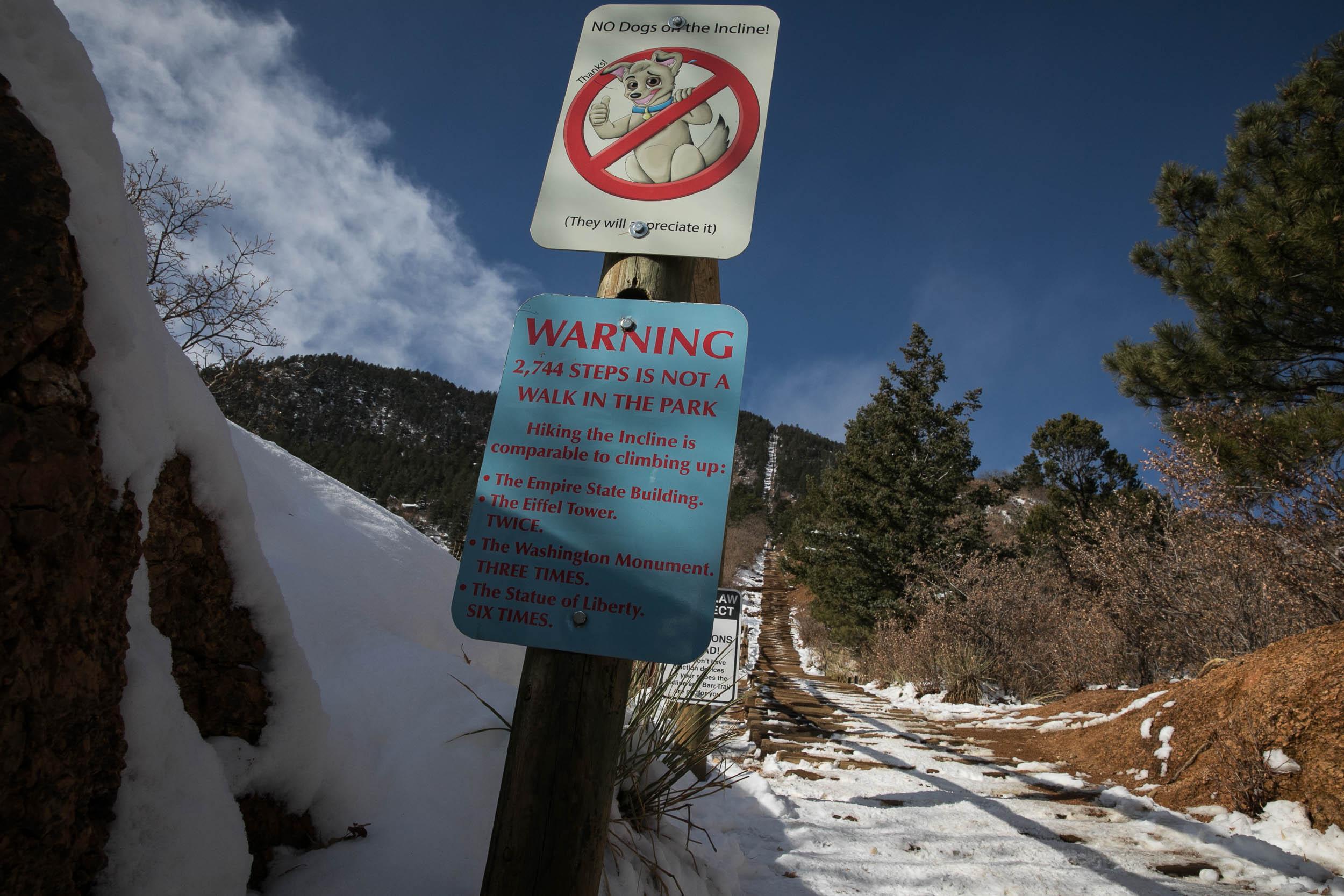
Colorado Parks and Wildlife announced Tuesday that it has discovered zebra mussels in the Colorado River and the Government Highline Canal, nearly two years after the invasive species was first detected in the state.
The small, freshwater mussels are native to lakes in Russia and Ukraine, but they are known globally for their rapid reproduction rate. Wildlife officials say the species poses an extreme risk to local ecosystems because zebra mussels kill off native plankton that native species rely on for food. Infestations can also devastate water infrastructure because the mussels attach themselves to surfaces in large clusters, clogging waterways and drainage systems.
CPW said they discovered the newly confirmed zebra mussel population through routine plankton samples taken in early July. One sample came from the Government Highline Canal northeast of Grand Junction. Two other samples came from a pair of locations in the Colorado River near Grand Junction.

Technicians identified zebra mussel veligers, the microscopic larvae stage of the species, in all three samples. No adult zebra mussels have been found at this time, however, CPW Public Information Officer Rachael Gonzales said infestations can spread faster when the mussels are in the veliger stage.
“No matter at what stage, this is devastating news and this is something that will impact us for a while,” Gonzales said. “We are going to work closely with our partners at the Bureau of Reclamation and Grand Valley Water Users Association to ensure that this doesn't become devastating.”
CPW is taking more samples to determine the scale of the infestations. Gonzales said they are working with partners to plan next steps, which will be announced at a later date.
In the meantime, CPW is asking anyone who boats, floats or fishes on the Colorado River to clean, drain and dry their vessels and equipment after exiting the river to prevent further spread of the mussels.
Zebra mussels were first detected in Colorado in 2022
Officials found Colorado’s first ever population of zebra mussels at Highline Lake northeast of Grand Junction, which is fed by the now-infested Government Highline Canal. To kill off the population, state officials are slowly draining the lake, with an aim to empty it by late 2024. In the aftermath, state wildlife officials ramped up boat inspections statewide.
But with mussels now confirmed to be in the Colorado River, the scale of the issue could become far greater. The river flows to the west from Grand Junction, entering Utah, Arizona, Nevada and California. Millions of people depend on the river and the bodies of water the Colorado feeds, so infrastructure impacts could be significant if the infestation gets out of control.
Gonzales said the river’s importance speaks to why all Coloradans should do their part to prevent the mussels’ spread.
“We're working with our partners here locally on steps moving forward, but we don't want to take that risk and impact even more infrastructure throughout the state of Colorado or even to our partners in Utah, where the Colorado River flows into,” she said.
Zebra mussels populations have been relatively sparse in the western United States, with most of the infestations being detected in the Great Lakes region.








